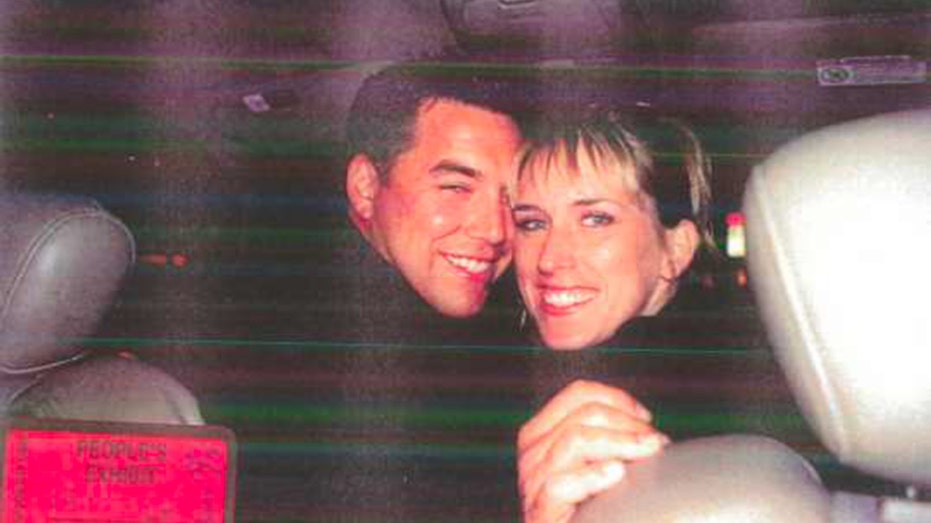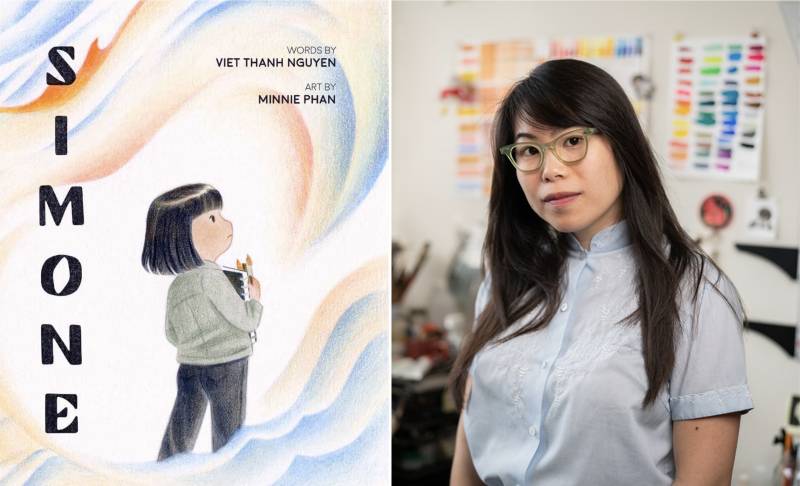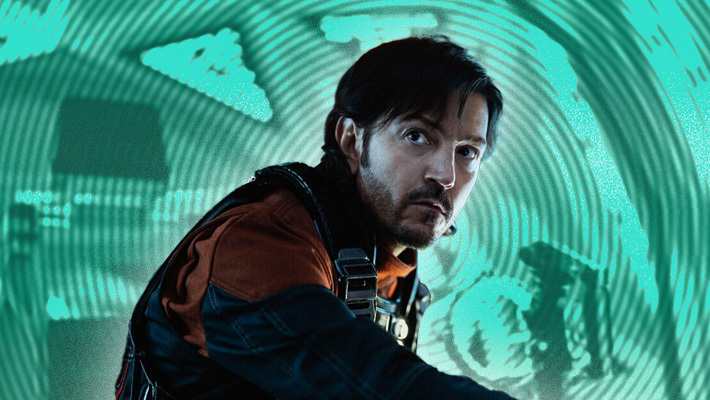What Is a Static Character in a Story? Definition & Examples
The most central elements of any story, be it a novel, a film, a TV series, or a stage play, are its characters.They are the drivers of the story. They drive the content, they drive the conflict, and they provide the points of view. There are two requisite types of characters—dynamic characters and static characters. Dynamic characters are those who undergo notable internal (personal) changes throughout the course of a story. By that definition, static characters are those who refuse to change.What is a Static Character?A static character is a type of character in any story or narrative that remains essentially the same at the end as they were in the beginning. Their personality, their beliefs, and their outlook don’t go through any change, and there is no personal development in their journey.It sounds potentially awful, doesn’t it? If characters are the “drivers” of their story, what good are they if they remain “static”? It sounds too simple—almost boring.But there is another side to their story—their usefulness. That’s right! These Immutable creatures can be quite useful with all their static glory. Before we explore how, let’s see what their characteristics are. 'To Kill a Mockingbird'Credit: Universal PicturesCharacteristics/Traits of Static CharactersBehavioral ConsistencyTheir fundamental behavioral and other personality traits remain consistent throughout the story and never undergo any change.Lack of Personal GrowthJust like their outer shell, their inner personality—their beliefs, prejudices, virtues and vices, and their core values—never undergo any transformation. They remain consistent in representing particular ideas and values.Supporting RoleMany times, they play secondary roles to dynamic characters. However, there are several exceptions to this rule.Represent StabilityTheir static character traits are often symbolic of rigid traditions and unchanging forces in the story. In short, they provide a sense of stability in a changing story world.Predictable ReactionsThey typically respond to situations in expected ways.Purpose-DrivenThey often cater to specific narrative functions rather than showing any growth or change. They also often serve to contrast with dynamic characters.ReliableThey help move the story forward through their predictable but reliable actions.Familiar TouchpointsThey create familiar points of reference for the readers and viewers.Reflect RealityIn the real world, we do not change significantly or dramatically in response to events. Static characters represent this real-world truth by staying true to their core nature.Let’s watch a video explaining the key differences between dynamic and static characters.So, if you had any doubt in your mind that static characters are the product of faulty writing—well, they can be, if they unintentionally turned out this way and are serving none of the above-mentioned purposes—then just know that well-crafted static characters aren’t underdeveloped but are deliberately created to fulfill important storytelling purposes.More often than not, their consistency can be not only as meaningful as the transformation of dynamic characters but also can be quite complementary to their transformation.Examples of Static CharactersAs I mentioned earlier, static characters are mostly found to be in supporting roles, but they just as frequently serve as protagonists as well as antagonists. There have been quite a few. 'No Time to Die'Credit: Universal Pictures/United ArtistsStatic ProtagonistsSherlock HolmesOne of the most iconic characters, Sherlock Holmes, despite being highly complex and deep, is still a static character. His core traits, such as exceptional observation and deductive skills, intellectual arrogance, detachment from emotional entanglements, eccentric habits, and disregard for social conventions, never change.His skeptical and cynical worldview is constant throughout all his stories. He never alters his views and never forms any meaningful relationships—except, to some extent, with Dr. Watson.James BondAnother iconic—and may I say, quite similar—static character. James Bond’s unwavering confidence, arrogance, and charm never fade. His exceptional skills as a spy and combatant never fluctuate. His stony outer shell is so consistent that it’s one of his signature personality traits.Just like Sherlock, James Bond never forms any meaningful relationships. He is always sophisticated and dresses suavely. So much so that even his taste in women and drinks never change, women are always hot sirens, and the drink is always a Vesper Martini, “shaken, not stirred.”Atticus Finch (To Kill a Mockingbird)Atticus Finch, widely considered to be one of the greatest heroes of American cinema, is surprisingly a static character—and obviously for the good. His unwavering moral compass, his sense of justice and equality, his courage to stand up to society (and the legal system) to defend what’s right, his idealistic parenting philosophy, and his respect for


The most central elements of any story, be it a novel, a film, a TV series, or a stage play, are its characters.
They are the drivers of the story. They drive the content, they drive the conflict, and they provide the points of view. There are two requisite types of characters—dynamic characters and static characters.
Dynamic characters are those who undergo notable internal (personal) changes throughout the course of a story. By that definition, static characters are those who refuse to change.
What is a Static Character?
A static character is a type of character in any story or narrative that remains essentially the same at the end as they were in the beginning. Their personality, their beliefs, and their outlook don’t go through any change, and there is no personal development in their journey.
It sounds potentially awful, doesn’t it? If characters are the “drivers” of their story, what good are they if they remain “static”? It sounds too simple—almost boring.
But there is another side to their story—their usefulness.
That’s right! These Immutable creatures can be quite useful with all their static glory. Before we explore how, let’s see what their characteristics are.
 'To Kill a Mockingbird'Credit: Universal Pictures
'To Kill a Mockingbird'Credit: Universal Pictures
Characteristics/Traits of Static Characters
Behavioral Consistency
Their fundamental behavioral and other personality traits remain consistent throughout the story and never undergo any change.
Lack of Personal Growth
Just like their outer shell, their inner personality—their beliefs, prejudices, virtues and vices, and their core values—never undergo any transformation. They remain consistent in representing particular ideas and values.
Supporting Role
Many times, they play secondary roles to dynamic characters. However, there are several exceptions to this rule.
Represent Stability
Their static character traits are often symbolic of rigid traditions and unchanging forces in the story. In short, they provide a sense of stability in a changing story world.
Predictable Reactions
They typically respond to situations in expected ways.
Purpose-Driven
They often cater to specific narrative functions rather than showing any growth or change. They also often serve to contrast with dynamic characters.
Reliable
They help move the story forward through their predictable but reliable actions.
Familiar Touchpoints
They create familiar points of reference for the readers and viewers.
Reflect Reality
In the real world, we do not change significantly or dramatically in response to events. Static characters represent this real-world truth by staying true to their core nature.
Let’s watch a video explaining the key differences between dynamic and static characters.
So, if you had any doubt in your mind that static characters are the product of faulty writing—well, they can be, if they unintentionally turned out this way and are serving none of the above-mentioned purposes—then just know that well-crafted static characters aren’t underdeveloped but are deliberately created to fulfill important storytelling purposes.
More often than not, their consistency can be not only as meaningful as the transformation of dynamic characters but also can be quite complementary to their transformation.
Examples of Static Characters
As I mentioned earlier, static characters are mostly found to be in supporting roles, but they just as frequently serve as protagonists as well as antagonists. There have been quite a few.
 'No Time to Die'Credit: Universal Pictures/United Artists
'No Time to Die'Credit: Universal Pictures/United Artists
Static Protagonists
Sherlock Holmes
One of the most iconic characters, Sherlock Holmes, despite being highly complex and deep, is still a static character. His core traits, such as exceptional observation and deductive skills, intellectual arrogance, detachment from emotional entanglements, eccentric habits, and disregard for social conventions, never change.
His skeptical and cynical worldview is constant throughout all his stories. He never alters his views and never forms any meaningful relationships—except, to some extent, with Dr. Watson.
James Bond
Another iconic—and may I say, quite similar—static character. James Bond’s unwavering confidence, arrogance, and charm never fade. His exceptional skills as a spy and combatant never fluctuate. His stony outer shell is so consistent that it’s one of his signature personality traits.
Just like Sherlock, James Bond never forms any meaningful relationships. He is always sophisticated and dresses suavely. So much so that even his taste in women and drinks never change, women are always hot sirens, and the drink is always a Vesper Martini, “shaken, not stirred.”
Atticus Finch (To Kill a Mockingbird)
Atticus Finch, widely considered to be one of the greatest heroes of American cinema, is surprisingly a static character—and obviously for the good. His unwavering moral compass, his sense of justice and equality, his courage to stand up to society (and the legal system) to defend what’s right, his idealistic parenting philosophy, and his respect for all people never fade.
Seriously, why change if you are already pretty perfect, right?
 'Harry Potter and the Deathly Hallows – Part 2'Credit: Warner Bros. Pictures
'Harry Potter and the Deathly Hallows – Part 2'Credit: Warner Bros. Pictures
Static Antagonists
Lord Voldemort (Harry Potter franchise)
One of the greatest villains, Lord Voldemort, literally from his Tom Riddle days to the day when Harry Potter disintegrates him into dust, He Who Must Not Be Named remains doggedly consistent with his vile traits.
He is never any less cruel and sadistic than he was before. His narcissistic belief in his superiority never leaves him, and neither does his hatred for Muggles and “impure” wizards and his pursuit of immortality. He always remains unable to fathom what love is, and to his last breath, he remains fearful of death.
The Joker (Batman franchise)
Batman’s archnemesis, the Joker, is one of the easiest examples to distinguish as a static character. Throughout all his media appearances, he remains steadfast with his nihilistic worldview and his belief that chaos and madness are the only constants, and thus the natural states of humanity. His obsession and symbiotic relationship with Batman never change, and neither do his signature sadistic tendencies.
Captain Hook (Peter Pan)
Just as Voldemort is obsessed with Harry Potter and the Joker is obsessed with Batman, Captain Hook is obsessed with Peter Pan. His singular focus on revenge against Peter Pan never goes down. He is always theatrically vain and is always concerned about “good form.”
His continuous fluctuation between gentlemanly refinement and brutal piracy is as constant as it is funny. He always presents a mixture of courage and cowardice, and his leadership style with his pirate crew never evolves.
 'Shrek'Credit: DreamWorks Pictures
'Shrek'Credit: DreamWorks Pictures
Static Supportive Characters
Gandalf (The Lord of the Rings/The Hobbit franchise)
You might ask how someone who changes from “Grey” to “White” can be termed a static character. Valid question.
He is static because his fundamental character traits, values, and purpose never change. He always remains wise and intuitive regarding the larger struggle against evil, Sauron. His optimism, believing small and seemingly insignificant people like Hobbits can and will change the world, never fades. He always remains patient and strategic in confronting evil.
Donkey (Shrek franchise)
The first (and only) animated character in the list, Donkey, is a colorful, funny, and lovable character—and a static one. Why? Because he never ceases to be who he is—a chatty, utterly enthusiastic, optimistic, loyal, dedicated, and sometimes annoying friend. He always remains “that guy” who speaks without thinking and creates awkward situations.
Red (The Shawshank Redemption)
Red is one of the best characters in one of the best movies, and he is a static character. Why does he fit the classification? Let’s see.
His consistent core traits are his cynical worldview, his prison-hardened perspective, his straightforward and honest nature, and his resignation from life in prison. And, inside the prison, he consistently remains “that guy who can get things.” (Of course, he does gain a new worldview by the end, when he has hope for a fresh start.)
Conclusion
In conclusion, static characters are those who never undergo any change, and their core traits and values always remain the same. There is no character development. And yet, they are vital elements in storytelling because they provide consistency, contrast, and depth to the narrative.
While they never change, their static nature is complementary to the transformation of dynamic characters. They may come across as sidekicks, villains, or heroes, but they always highlight one fact—staying true to oneself can be just as powerful as a dynamic transformation.































































